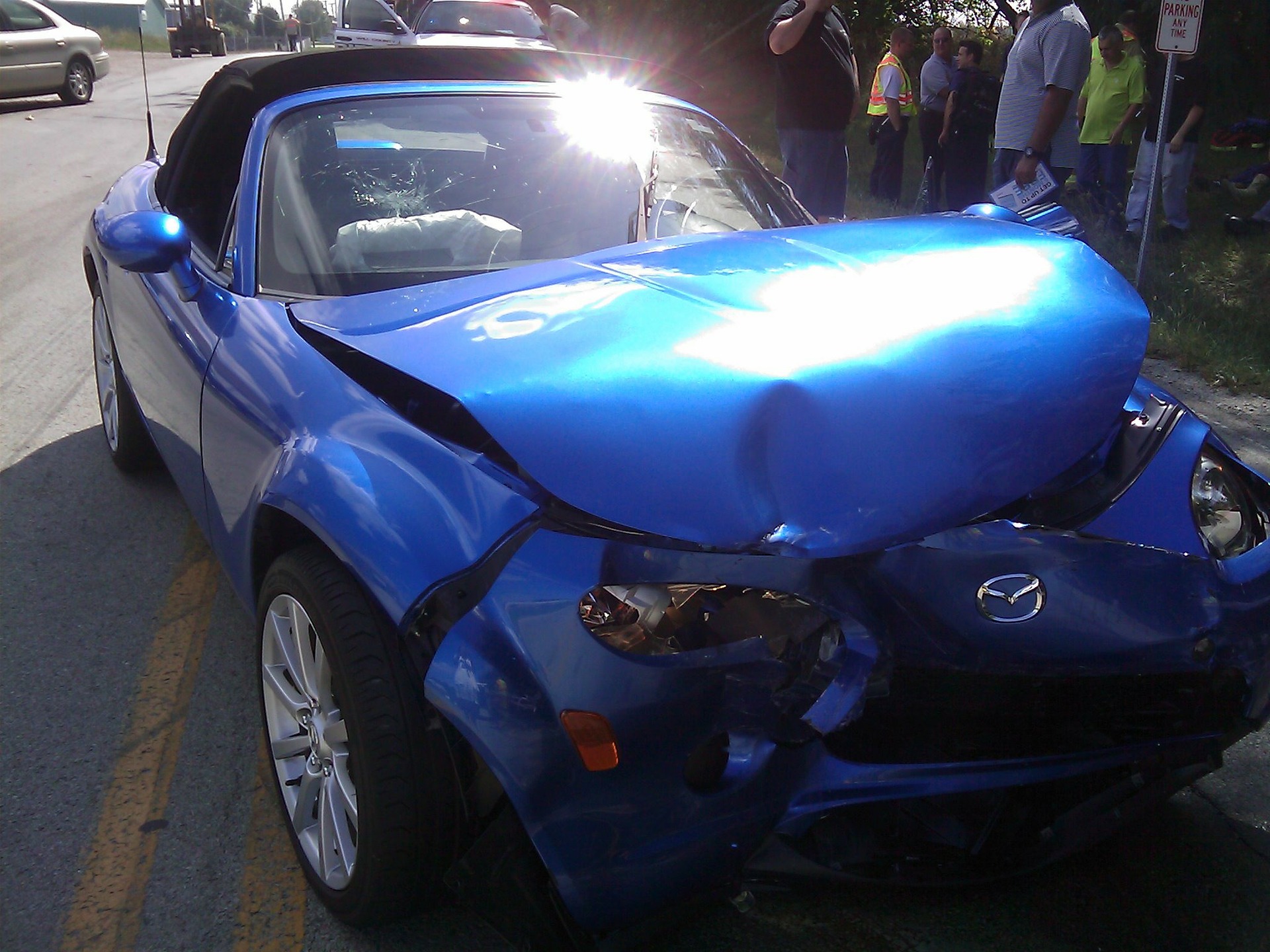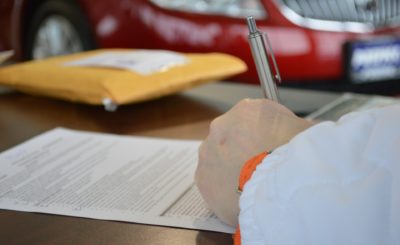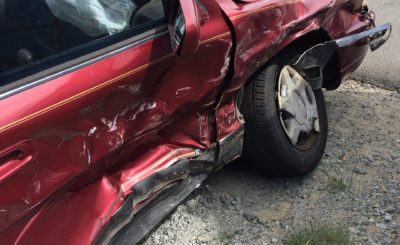It goes without saying that in the United States car accidents are the leading cause of injury. Many of these accidents, injuries from such accidents and yes, also deaths create a number of personal injury, wrongful death, and car accident lawsuits. If you are ever in a car accident, no matter how minor that accident may be you may have a legal claim against the party who caused the accident. Please read this article to get a foundation of the basics of a car accident lawsuit.
Car Accident Law Basics: Pre-Litigation Negotiation
Before a car accident lawsuit can be filed the opposing party (party you believe is at fault for the accident) will generally attempt to settle the lawsuit out of court. The opposing party’s attorney or car insurer will often contact you or your attorney and offer a certain amount of money according to their terms. In return they will ask you to promise and sign an agreement that you will not bring a lawsuit. If a settlement can’t be reached a lawsuit is filed.
Car Accident Law Basics: No-Fault Insurance
Some states have “no-fault insurance laws”. In these states, your own insurer is required by law to pay for your personal injuries up to the policy limit unless the accidents involved some type of illegal activity. Such as criminal behavior, the use of alcohol or drugs, or any other offense. if your insurer refuses to pay on your behalf you can always attempt to bring a lawsuit against them.
The no-fault process sets certain thresholds beyond which a lawsuit is still allowed by law. Generally there are about two types of thresholds set by states:
- Monetary Threshold States – Accidents where the medical expenses pass a specified threshold can progress to a lawsuit.
- Verbal Threshold States – Accidents that result in certain categories of serious injuries can progress to a lawsuit.
Car Accident Law Basics: Negligence
In some states “no-fault” is not applicable or in some states where certain thresholds have been met, the car accident lawsuits are nearly always based upon negligence. Negligence one person owes a duty of care to another. A person breaches this duty of care if they act carelessly or fail to act. If this duty s breached and there is a resulting injury the party at fault is liable for a negligence claim. All drivers on the road have a duty to follow the rules of the road, such as use blinkers, drive at the correct speed, keep their car in proper condition, and pay attention to their surroundings. Driving while intoxicated for instance is a huge violation and presumes negligence.
Car Accident Law Basics: Comparative and Contributory Negligence
States generally apply two different theories of negligence. Depending on the theory, the drivers responsibility for injuries can be eliminated or reduced if the injured drivers actions were also negligent leading up to the accident.
- Comparative Negligence – “Can reduce driver liability where the victim’s negligence contributed to the car accident”.
- Contributory Negligence – “Can eliminate driver liability altogether where the victim’s own negligence contributed to the car accident”.
Comparative negligence is further divided:
- Pure Contributory Negligence – “Enables accident victims to recover some compensation for their injuries regardless of their own negligence, even when they were more at fault”.
- Modified/Partial Comparative Negligence – “Limits accident victims recovery where their fault is more than a certain degree of responsibility, usually you have to be 50% or less responsible for the accident”.
Car Accident Law Basics: Types of Compensation
Claims can come in all shapes and sizes such as:
- medical expenses
- property damages
- lost wages
- pain and suffering
- loss of affection, companionship, or consortium; (due to death)
- punitive damages, if responsible party’s actions were malicious or egregious.
- potential wrongful death claims






